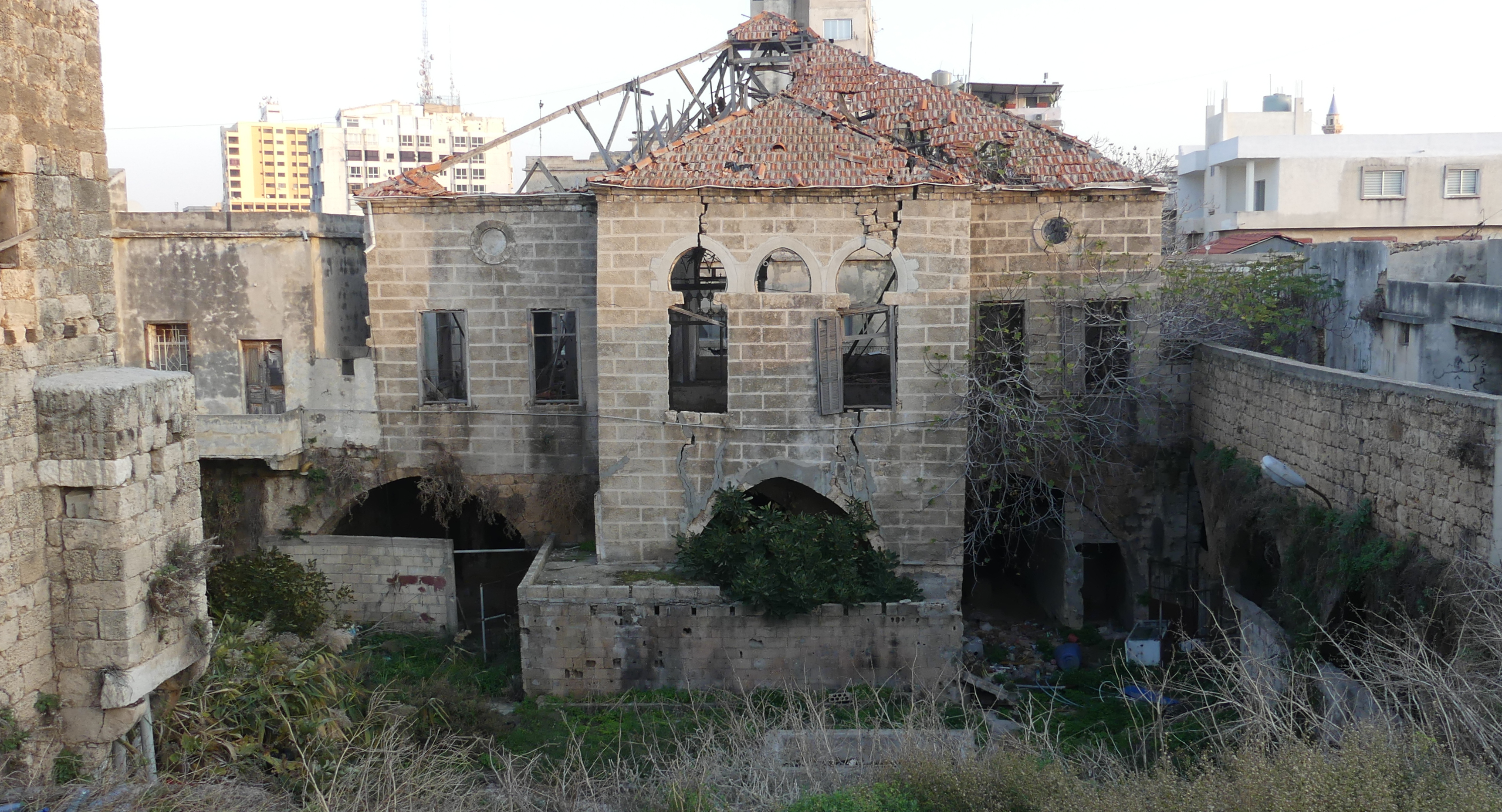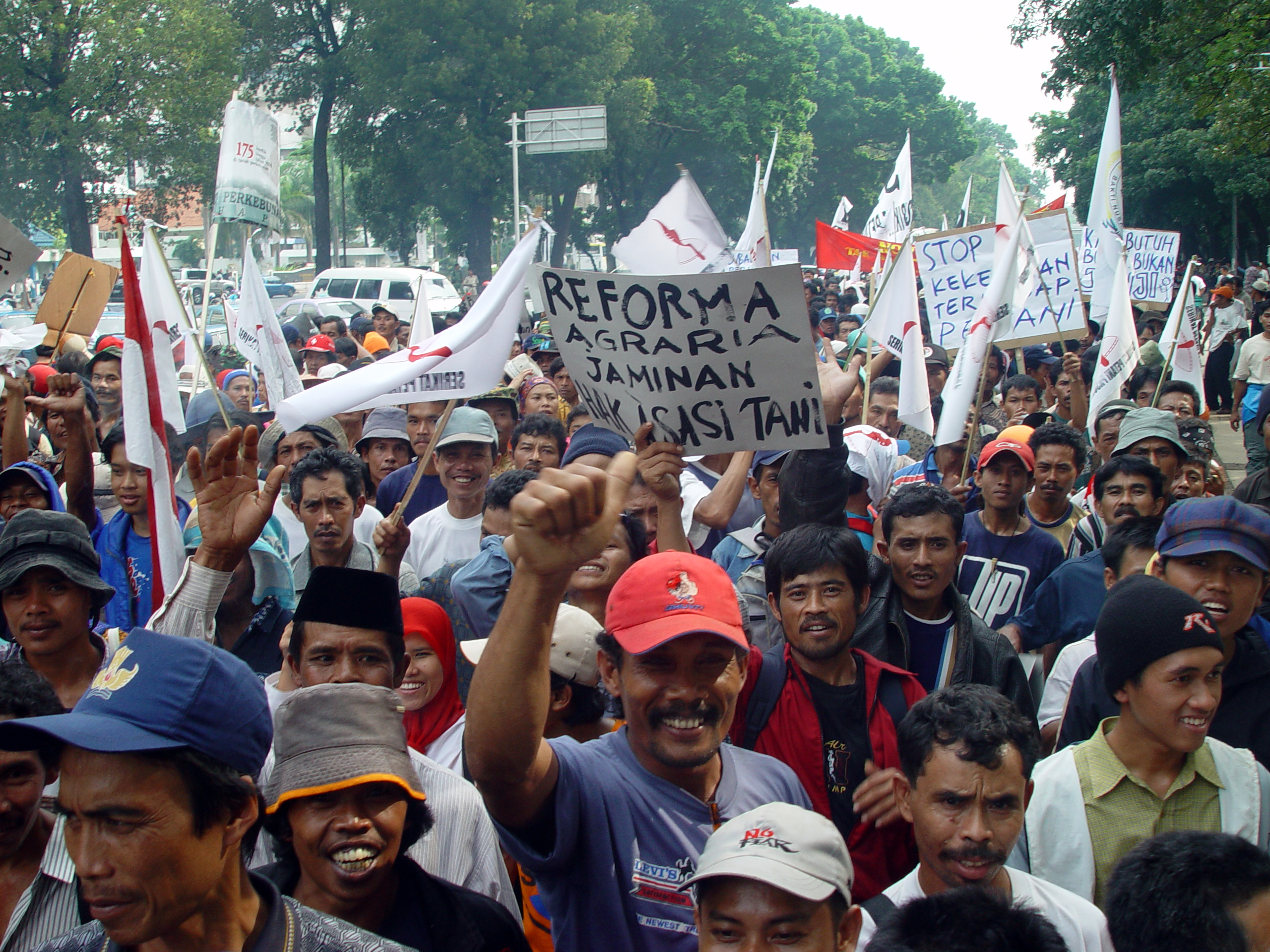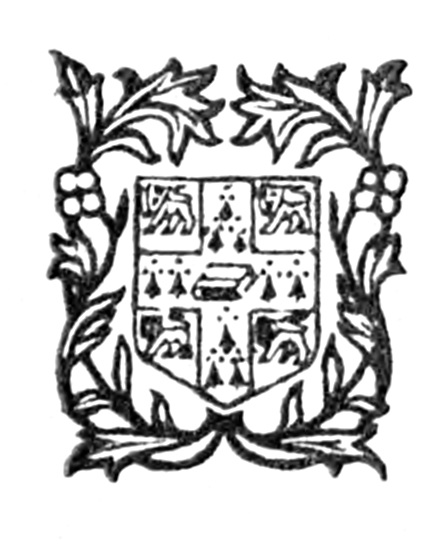|
El Assaad Family
El-Assaad or Al As'ad ( ar, الأسعد) ( tr, el-esat) is a feudal political family/clan originally from Najd and a main branch of the anza tribe. Unrelated to Syrian or Palestinian Al-Assads, El-Assaad dynasty that ruled most of South Lebanon for three centuries and whose lineage defended fellow denizens of history's Jabal Amel (Mount Amel) principality – today southern Lebanon – for 36 generations, Balqa in Jordan, Nablus in Palestine, and Homs in Syria governed by Ottoman rule between generations throughout the Arab caliphate by Sheikh al Mashayekh (Chief of Chiefs) Nasif Al-Nassar ibn Al-Waeli, Ottoman conquest under Shbib Pasha El Assaad, Ali Bek El Assaad ruler of Belad Bechara (Part of Jabal Amel), Ali Nassrat Bek. Advisor of the Court and a Superior in the Ministry of Foreign affairs in the Ottoman Empire, Moustafa Nassar Bek El Assaad Supreme Court President of Lebanon and colonial French administration by Hassib Bek—also supreme court Judge and grand spea ... [...More Info...] [...Related Items...] OR: [Wikipedia] [Google] [Baidu] |
Belad Bechara
Belad Bechara, also spelled Bilad Beshara ( ar, بلاد بشارة), is a popular and historic name for a mountainous region in Jabal Amel in Southern Lebanon. Etymology Some historians believe that the name ''Belad Bechara'' means the "Country of the Gospel" in reference to the teaching and revelation of Christ in the region while others believe it is in reference to an Ayyubid Prince by the name of Bechara. Geography Belad Bechara is the mountainous region that lies south of the Litani River, extending southward to Upper Galilee, and including the Hula Valley, Hunin, and Tiberias. History According to Abrahamic traditions, Belad Bechara is the northernmost part of the Promised Land, which was the division of the tribes of Azer and Naphtali, and later took the name of Upper Galilee. In 1881, C. R. Conder and H. H. Kitchener mentioned ten villages in the ''Belad Besharah'' region on their map 2, namely: 'Aita ez Zut, Berashit, Haris, El Jumeijmeh, Kefrah, Meis, Saf ... [...More Info...] [...Related Items...] OR: [Wikipedia] [Google] [Baidu] |
Shia Islam
Shīʿa Islam or Shīʿīsm is the second-largest branch of Islam. It holds that the Islamic prophet Prophets in Islam ( ar, الأنبياء في الإسلام, translit=al-ʾAnbiyāʾ fī al-ʾIslām) are individuals in Islam who are believed to spread God in Islam, God's message on Earth and to serve as models of ideal human behaviour. So ... Muhammad in Islam, Muhammad designated Ali, ʿAlī ibn Abī Ṭālib as his Succession to Muhammad, successor (''khalīfa'') and the Imamah (Shia doctrine), Imam (spiritual and political leader) after him, most notably at the event of Ghadir Khumm, but was prevented from succeeding Muhammad as the leader of the Muslims as a result of the choice made by some of Companions of the Prophet, Muhammad's other companions (''ṣaḥāba'') at Saqifah. This view primarily contrasts with that of Sunni Islam, Sunnī Islam, whose adherents believe that Muhammad did not appoint a successor before Death of Muhammad, his death and consider Abu ... [...More Info...] [...Related Items...] OR: [Wikipedia] [Google] [Baidu] |
Lebanese Shia Muslims
Lebanese Shia Muslims ( ar, المسلمون الشيعة اللبنانيين), historically known as ''matāwila'' ( ar, متاولة, plural of ''mutawālin'' ebanese pronounced as ''metouali'' refers to Lebanese people who are adherents of the Shia branch of Islam in Lebanon, which plays a major role along Lebanon's main Sunni, Maronite and Druze sects. Shia Islam in Lebanon has a history of more than a millennium. According to the '' CIA World Factbook'', Shia Muslims constituted an estimated 28% of Lebanon's population in 2018. Most of its adherents live in the northern and western area of the Beqaa Valley, Southern Lebanon and Beirut. The great majority of Shia Muslims in Lebanon are Twelvers. However, a small minority of them are Alawites and Ismaili. Under the terms of an unwritten agreement known as the National Pact between the various political and religious leaders of Lebanon, Shias are the only sect eligible for the post of Speaker of Parliament. Histo ... [...More Info...] [...Related Items...] OR: [Wikipedia] [Google] [Baidu] |
Greater Lebanon
The State of Greater Lebanon ( ar, دولة لبنان الكبير, Dawlat Lubnān al-Kabīr; french: État du Grand Liban), informally known as French Lebanon, was a state declared on 1 September 1920, which became the Lebanese Republic ( ar, الجمهورية اللبنانية '; french: République libanaise) in May 1926, and is the predecessor of modern Lebanon. The state was declared on 1 September 1920, following Decree 318 of 31 August 1920, as a League of Nations Mandate under the proposed terms of the Mandate for Syria and the Lebanon which was to be ratified in 1923. When the Ottoman Empire was formally split up by the Treaty of Sèvres in 1920, it was decided that four of its territories in the Middle East should be League of Nations mandates temporarily governed by the United Kingdom and France on behalf of the League. The British were given Palestine and Iraq, while the French were given a mandate over Syria and Lebanon. General Gouraud proclaimed the establis ... [...More Info...] [...Related Items...] OR: [Wikipedia] [Google] [Baidu] |
Syracuse University Press
Syracuse University Press, founded in 1943, is a university press that is part of Syracuse University. It is a member of the Association of American University Presses. History SUP was formed in August 1943 when president William P. Tolley promised Thomas J. Watson that the university will organize a press to print IBM's ''Precision Measurements in the Metal Workings Industry''. Matthew Lyle Spencer of the School of Journalism became the first chair of the board of directors and Lawrence Siegfried was the first editor. About The areas of focus for the Press include Middle East studies, Native American studies, peace and conflict resolution, Irish studies and Jewish studies, New York State, television and popular culture, sports and entertainment. The Press has an international reputation in Irish studies and Middle East studies. In March 2017, SU Press received HumanitieOpen Book Programaward from the National Endowment for the Humanities The National Endowment for the ... [...More Info...] [...Related Items...] OR: [Wikipedia] [Google] [Baidu] |
Fief
A fief (; la, feudum) was a central element in medieval contracts based on feudal law. It consisted of a form of property holding or other rights granted by an overlord to a vassal, who held it in fealty or "in fee" in return for a form of feudal allegiance, services and/or payments. The fees were often lands, land revenue or revenue-producing real property like a watermill, held in feudal land tenure: these are typically known as fiefs or fiefdoms. However, not only land but anything of value could be held in fee, including governmental office, rights of exploitation such as hunting, fishing or felling trees, monopolies in trade, money rents and tax farms. There never did exist one feudal system, nor did there exist one type of fief. Over the ages, depending on the region, there was a broad variety of customs using the same basic legal principles in many variations. Terminology In ancient Rome, a "benefice" (from the Latin noun , meaning "benefit") was a gift of land () f ... [...More Info...] [...Related Items...] OR: [Wikipedia] [Google] [Baidu] |
Land Reform
Land reform is a form of agrarian reform involving the changing of laws, regulations, or customs regarding land ownership. Land reform may consist of a government-initiated or government-backed property redistribution, generally of agricultural land. Land reform can, therefore, refer to transfer of ownership from the more powerful to the less powerful, such as from a relatively small number of wealthy or noble owners with extensive land holdings (e.g., plantations, large ranches, or agribusiness plots) to individual ownership by those who work the land. Such transfers of ownership may be with or without compensation; compensation may vary from token amounts to the full value of the land. Land reform may also entail the transfer of land from individual ownership—even peasant ownership in smallholdings—to government-owned collective farms; it has also, in other times and places, referred to the exact opposite: division of government-owned collective farms into smallholdin ... [...More Info...] [...Related Items...] OR: [Wikipedia] [Google] [Baidu] |
Marjeyoun District
The Marjeyoun District is a district in the Nabatieh Governorate of Lebanon. The capital of the district is Marjeyoun. Marjeyoun Marjayoun ( ar, مرج عيون: Lebanese pronunciation), also Marj 'Ayoun, Marjuyun or Marjeyoun (lit. "meadow of springs") and Jdeideh / Jdeida / Jdeidet Marjeyoun, is a Lebanese town and an administrative district, the Marjeyoun District, in ... (also Marjayoun Marj Ayoun) stands majestically at a hill facing Mount Haramoun (Jabal El Sheikh, Mount Hermon) to the East, Beaufort 1000 years old Crusader Castle (Sh'ief Arnoun) above the Litani River and overlooking Mount Amel (Jabal Amel) to the West, The Rihan, Niha and the Lebanon Mountain Range to the North and the fertile plains of Sahil Marjeyoun that extends into Northern Israel between the Galilee finger and plains immediately underneath the Golan Heights. Photos of Marjeyoun [...More Info...] [...Related Items...] OR: [Wikipedia] [Google] [Baidu] |
Tayibe (Lebanon)
Tayibe, Et Tayibe or Et Taibeh is a village in the Marjeyoun District in south Lebanon. Name According to E. H. Palmer, the name Tayibe means "The good, sweet, or wholesome" (about water). Archaeological site By the village is a Heavy Neolithic archaeological site of the Qaraoun culture. The site was discovered by Louis Dubertret and materials studied by Jacques Cauvin. Heavy Neolithic materials recovered resembled those from Qaraoun. History In 1875, Victor Guérin found here a village with 800 Metualis. He further noted: "Its principal mosque, now in ruins, is built of superb blocks, apparently ancient. It contains in the interior several monolithic columns." In 1881, the PEF's ''Survey of Western Palestine'' (SWP) noted here: "There are several sarcophagi and cisterns in the village ; some caves near." They further described it as: "A large well-built village, built of stone, containing about 600 Metawileh and 400 Moslems. The Caimacam has a good house here. There a ... [...More Info...] [...Related Items...] OR: [Wikipedia] [Google] [Baidu] |
Southern Lebanon
Southern Lebanon () is the area of Lebanon comprising the South Governorate and the Nabatiye Governorate. The two entities were divided from the same province in the early 1990s. The Rashaya and Western Beqaa Districts, the southernmost districts of the Beqaa Governorate, in Southern Lebanon are sometimes included. The main cities of the region are Sidon, Tyre, Jezzine and Nabatiyeh. The cazas of Bint Jbeil, Tyre, and Nabatieh in Southern Lebanon are known for their large Shi'a Muslim population with a minority of Christians. Sidon is predominantly Sunni, with the rest of the caza of Sidon having a Shi'a Muslim majority, with a considerable Christian minority, mainly Melkite Greek Catholics. The cazas of Jezzine and Marjeyoun have a Christian majority and also Shia Muslims. The villages of Ain Ebel, Debel, Qaouzah, and Rmaich are entirely Christian Maronite. The caza of Hasbaya has a Druze majority. History Free Lebanon State and South Lebanon security belt Sout ... [...More Info...] [...Related Items...] OR: [Wikipedia] [Google] [Baidu] |
Cambridge University Press
Cambridge University Press is the university press of the University of Cambridge. Granted letters patent by Henry VIII of England, King Henry VIII in 1534, it is the oldest university press in the world. It is also the King's Printer. Cambridge University Press is a department of the University of Cambridge and is both an academic and educational publisher. It became part of Cambridge University Press & Assessment, following a merger with Cambridge Assessment in 2021. With a global sales presence, publishing hubs, and offices in more than 40 Country, countries, it publishes over 50,000 titles by authors from over 100 countries. Its publishing includes more than 380 academic journals, monographs, reference works, school and university textbooks, and English language teaching and learning publications. It also publishes Bibles, runs a bookshop in Cambridge, sells through Amazon, and has a conference venues business in Cambridge at the Pitt Building and the Sir Geoffrey Cass Spo ... [...More Info...] [...Related Items...] OR: [Wikipedia] [Google] [Baidu] |
Fakhr-al-Din II
Fakhr al-Din ibn Qurqumaz Ma'n ( ar, فَخْر ٱلدِّين بِن قُرْقُمَاز مَعْن, Fakhr al-Dīn ibn Qurqumaz Maʿn; – March or April 1635), commonly known as Fakhr al-Din II or Fakhreddine II ( ar, فخر الدين الثاني, Fakhr al-Dīn al-Thānī), was the paramount Druze emir of Mount Lebanon from the Ma'n dynasty, an Ottoman governor of Sidon-Beirut and Safed, and the strongman over much of the Levant from the 1620s to 1633. For uniting modern Lebanon's constituent parts and communities, especially the Druze and the Maronites, under a single authority for the first time in history, he is generally regarded as the country's founder. Although he ruled in the name of the Ottomans, he acted with considerable autonomy and developed close ties with European powers in defiance of the Ottoman imperial government. Fakhr al-Din succeeded his father as the emir of the Chouf mountains in 1591. He was appointed over the sanjaks (districts) of Sidon-Beirut ... [...More Info...] [...Related Items...] OR: [Wikipedia] [Google] [Baidu] |







.jpg)


